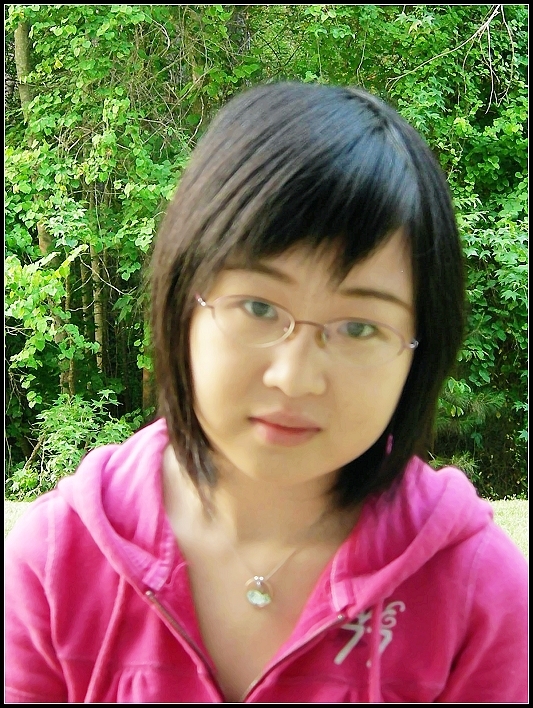






| Faculty Leader |
Ralph Smith |
| Postdoctoral Fellows |
Michael Stuebner |
| Graduate Students |
Lisa Downen Xiang Fan Stephen May Francesca Reale-Levis Donovan Shickley Heather Wilson |
| Undergraduate Students |
David Pate |
 |
 |
 |
 |
 |
 |
 |
||
| Ralph
Smith |
Michael
Stuebner |
Lisa
Downen |
Xiang
Fan |
Stephen
May |
Francesca
Reale-Levis |
Donovan
Shickley |
Heather
Wilson |
David
Pate |

